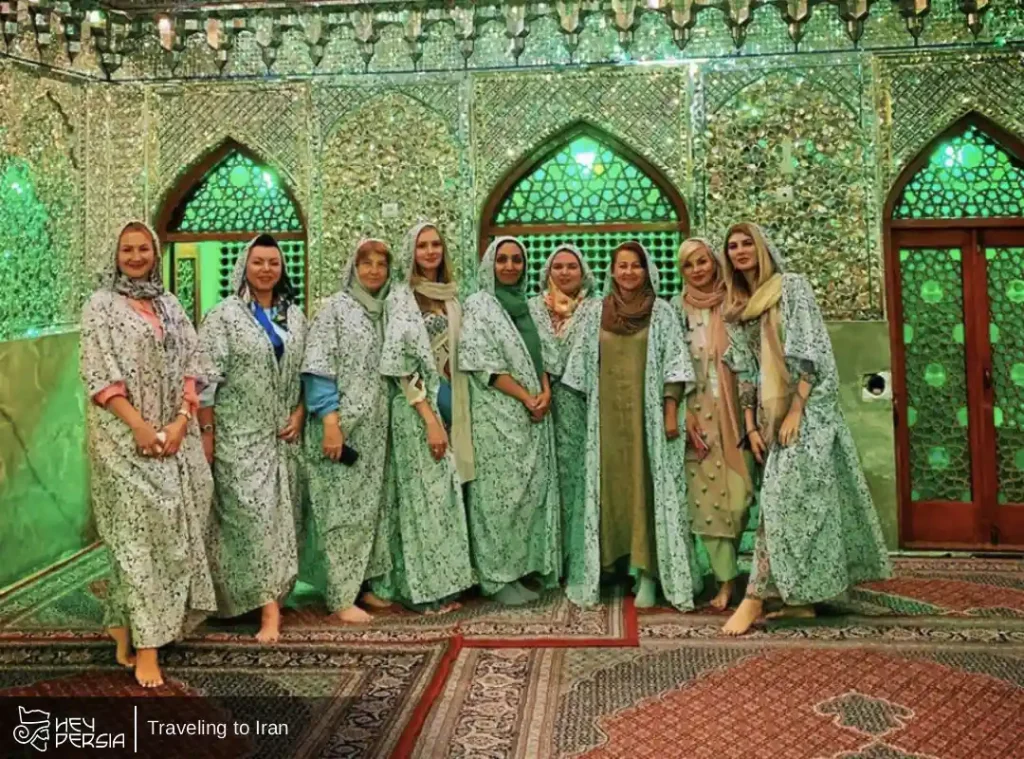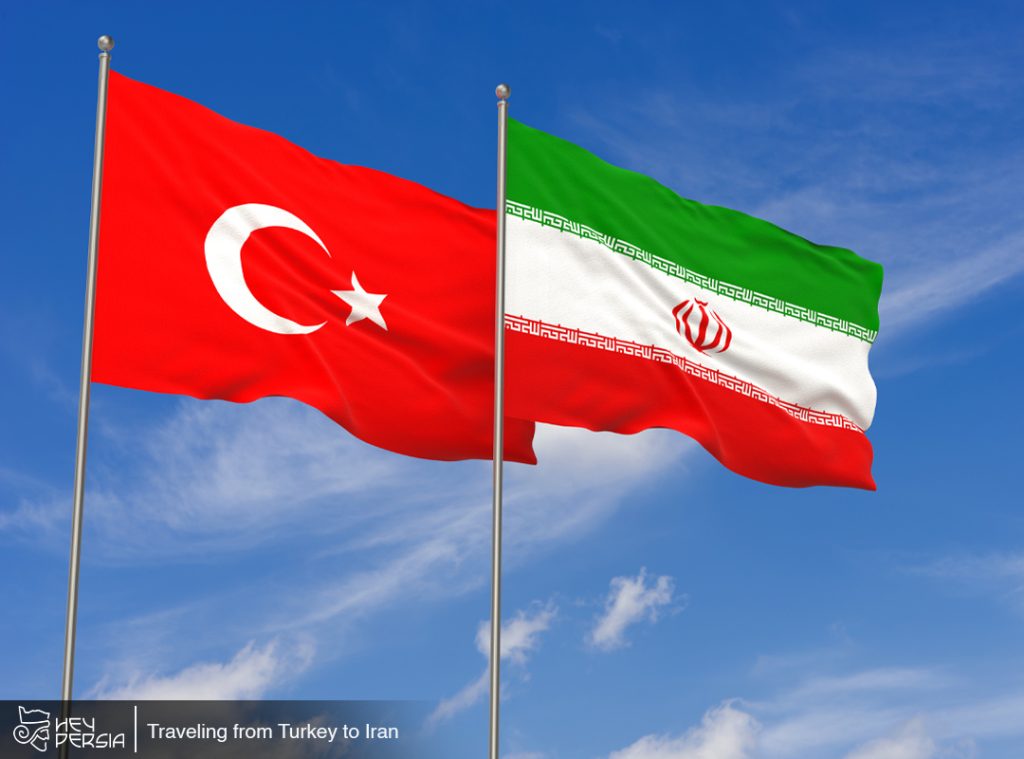If you’re searching for a destination that blends ancient history, modern hospitality, and stunning nature, Iran deserves a place at the top of your 2025 travel list. In recent years, the country has been welcoming more visitors than ever, thanks to easier visa policies, safer travel routes, and a growing focus on sustainable tourism. Whether you’re fascinated by thousand-year-old ruins, bustling bazaars, or high mountain trails, traveling to Iran in 2025 promises to be an experience unlike any other. Stay tuned at Hey Persia.
Table of contents
Why Iran Is a Must-Visit Destination in 2025

Few places on Earth can match the diversity that Iran offers. From snow-covered mountains in the north to the sun-baked deserts of the central plateau, the country feels like several worlds within one border. Beyond its landscapes, Iran’s greatest treasure is its people — known for their warmth and hospitality.
In 2025, Iran’s tourism industry continues to recover strongly after global travel disruptions. Domestic airlines, hotels, and transport networks have been upgraded to meet international standards. Many historic cities now have bilingual signboards and improved infrastructure for foreign travelers.
Reasons to visit Iran this year
- Cultural richness: Iran is home to 27 UNESCO World Heritage Sites, including Persepolis, Yazd, and the Golestan Palace in Tehran.
- Affordability: Prices for accommodation, food, and domestic travel remain very reasonable compared to similar destinations.
- Diverse nature: You can ski in the Alborz Mountains, camp beside the Caspian Sea, or explore the surreal beauty of the Lut Desert.
- Authentic experiences: Unlike over-commercialized tourist hubs, Iran still offers a sense of discovery and authenticity.
Updated Visa Rules for 2025
One of the biggest improvements for international travelers is Iran’s streamlined visa process. Traveling to Iran in 2025, applying for a tourist visa has become easier, faster, and more digital.
Most visitors can apply for an e-visa directly online, typically receiving approval within 5–10 business days. The visa-on-arrival policy now includes more than 70 countries, allowing tourists to obtain a 30-day entry permit upon landing at Tehran, Shiraz, Isfahan, or Mashhad international airports.
For privacy reasons, Iran also continues its “no passport stamp” policy — meaning your passport won’t be marked when entering or leaving the country. This is particularly useful for travelers who frequently visit other regions.
To ensure a smooth entry, it’s recommended to:
- Apply at least two weeks before your flight.
- Bring proof of travel insurance.
- Have a printed hotel reservation or tour confirmation.
- Carry cash in euros or dollars, as most international credit cards are not yet accepted.
Getting Around and Where to Stay

Iran has a well-connected transport system that makes traveling between cities simple and affordable. Domestic airlines such as Mahan Air, Iran Air, and Qeshm Air operate frequent flights linking major destinations. For slower, scenic travel, Iran’s rail system offers comfortable overnight trains from Tehran to Shiraz, Kerman, and Mashhad. Traveling to Iran in 2025
Local transportation
In big cities, ride-hailing apps like Snapp and Tap30 function similarly to Uber and can be used in English. Buses and metro systems, especially in Tehran, are inexpensive and efficient. Taxis are everywhere, but it’s best to agree on the fare before starting your trip.
Accommodation options
Iran’s accommodation scene in 2025 has something for every traveler:
- Traditional guesthouses: Stay in restored Persian homes with inner courtyards, like those in Kashan or Yazd.
- Mid-range hotels: Clean, comfortable, and centrally located.
- Luxury hotels: International chains and boutique properties are growing in Tehran, Shiraz, and Isfahan.
Iran is also developing eco-lodges in rural areas, promoting responsible tourism and supporting local communities.
Understanding Culture and Etiquette or Traveling to Iran in 2025
Iranian society values respect, politeness, and hospitality. Knowing a few customs can make your visit smoother and more rewarding.
Dress code: Women should wear a loose-fitting coat (manteau) and cover their hair with a scarf in public spaces. Men should avoid sleeveless shirts or shorts.
Greetings: Handshakes are common between people of the same gender. When greeting the opposite gender, a smile or nod is perfectly polite.
Taarof: This is a cultural form of politeness where offers of help or gifts might be made out of courtesy. If someone refuses payment or offers something, it’s usually polite to insist once or twice before accepting.
Language: Persian (Farsi) is the national language, but many young Iranians, especially in cities, understand basic English and are eager to practice it.
Staying connected is easy — SIM cards from Irancell or Hamrah-e-Aval provide strong 4G coverage across most cities and tourist areas. You can buy them at the airport with your passport.
New Attractions and Experiences in 2025

Iran’s tourism scene keeps evolving, with several exciting developments for 2025:
- Kish Island expansion: The island now boasts eco-friendly beach resorts, improved diving centers, and family-friendly attractions.
- Qeshm Geopark upgrades: The UNESCO Global Geopark has introduced new walking trails, signage, and local guides trained in sustainable tourism.
- Tehran’s modern art boom: A growing number of art galleries and cultural cafés are making the capital a lively hub for creative travelers.
- Revival of the Silk Road tours: Several agencies now offer extended cultural routes linking ancient caravan cities from Tabriz to Kerman.
For nature lovers, adventure tourism in regions like Kurdistan and Alamut Valley is gaining popularity, offering hiking, camping, and eco-tours led by local experts. Traveling to Iran in 2025
Travel Costs and Practical Tips
Iran remains one of the most budget-friendly destinations in the Middle East. A comfortable daily budget for foreign travelers ranges from $40 to $80, depending on the level of comfort you prefer.
Meals at local restaurants cost between $3–10, and intercity bus tickets are typically under $10.
Here are some extra tips to make your trip easier:
- Bring cash, as international cards don’t work.
- Dress modestly to show respect for local norms.
- Always carry a copy of your passport.
- Avoid political discussions — Iranians are warm and curious, but sensitive topics are best avoided.
- Learn a few Persian words; “salaam” (hello) and “merci” (thank you) go a long way.
Traveling to Iran in 2025
Traveling to Iran in 2025 is more than a journey — it’s an immersion into one of the world’s oldest cultures. From the grandeur of Persepolis to the aroma of saffron tea in Isfahan’s cafés, Iran offers memories that last a lifetime.
With updated visa rules, improving infrastructure, and a growing focus on responsible tourism, there has never been a better time to explore this fascinating country. Whether you travel solo, with friends, or on a guided tour, Iran welcomes you with open arms, ready to share its stories, smiles, and centuries-old charm.





